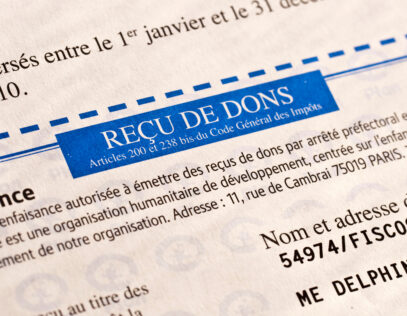In speaking with clients and prospects, a common refrain is the need to do more with less, within shorter timelines. To accomplish this, tax departments need to streamline compliance and harness the power of centralized, automated solutions. Utilizing automated processes allows for better efficiency, workflow management, and deployment of tax department resources.
Software has many advantages over traditional compliance approaches, obviously, and by now, you’ve probably heard them all. However, one of the most overlooked benefits is it offers the ability to centralize transfer pricing compliance throughout the group. Traditional multi-office provider setups—say, an office in Italy, another in Australia, one in the U.S. and so on—can be detrimental to clients in today’s hawkish global tax landscape. Generally, there’s an “eat what you kill” environment, which typically means that individual offices are reticent on sharing revenue, so you only get one point of view on your documentation and overall transfer pricing strategy.
Believe it or not, having multiple offices working on your transfer pricing documentation can be worse than being limited by a lack of resources or a small in-house tax department. Each provider office will interact with your local subsidiary/branch, which creates another problem. That local office sees your subsidiary/branch as the client and works in the local entity’s best interest. As more localized consultants become involved, the potential for “message drift” or contradictions increases making it increasingly difficult to maintain a consistent narrative throughout the group’s transfer pricing documentation.
Software allows the tax department to standardize several aspects of the transfer pricing documentation process to obtain both efficiency and consistency. Running compliance from a centralized solution means that workflow and processes are streamlined, documentation is consistent, and when you have questions, you don’t have to play phone tag with consultants in different time zones—cloud-based reports are at your fingertips.
A technology-based solution also reduces the work repetition that can stem from having multiple offices involved—not to mention, the cost of duplicate efforts. Why pay two offices to document the same data when software can automatically roll forward standard information? Take management services, for example. Most multinational organizations have significant redundancy in intercompany services such as Payroll, Human Resources, Tax, Legal, and IT, and the description from one company to another doesn’t vary—your employees need to be paid, their progress in the company needs to be recorded, etc. Within this group, variety is at a minimum—and software can easily duplicate the content of common transactions.
Companies also have specialized services which usually contain aspects that are unique to each organization but may be repeated by several different companies within the organization. By providing a uniform procedure applicable to the companies performing this function, you achieve both a consistent definition and a standard description of the activity to build your transfer pricing documentation around.
That consistency is hugely important. Today, there are more than 3,500 exchange agreements in place for transfer pricing reports, as well as over 1,000 automatic CBCR exchanges, so we know that authorities are exchanging information and comparing the reports. Consistency is also important when a company is contemplating selling off an operating unit. More emphasis is being placed on examining transfer pricing documentation during the due diligence phase and within this phase, inconsistent documentation could be fatal to consummating a sale. Buyers are not interested in purchasing audits or problems.
Of course, there are aspects that are unique to each entity, such as street address, registered office, officers etc. But while financial statements and transaction volumes may vary between entities, the basic structure of the narrative should remain consistent with all others within the group.
Conceptually, if nothing has changed organically within the companies in the group, your automated solution is ready to roll forward the narrative on the first day of the new fiscal year. Sure, the attest audit will still need to be completed and the companies that make up your benchmark set are also completing their attest audits, but then being prepared and ready is never a bad position to be in—even if you have to wait for everyone else to catch up.








